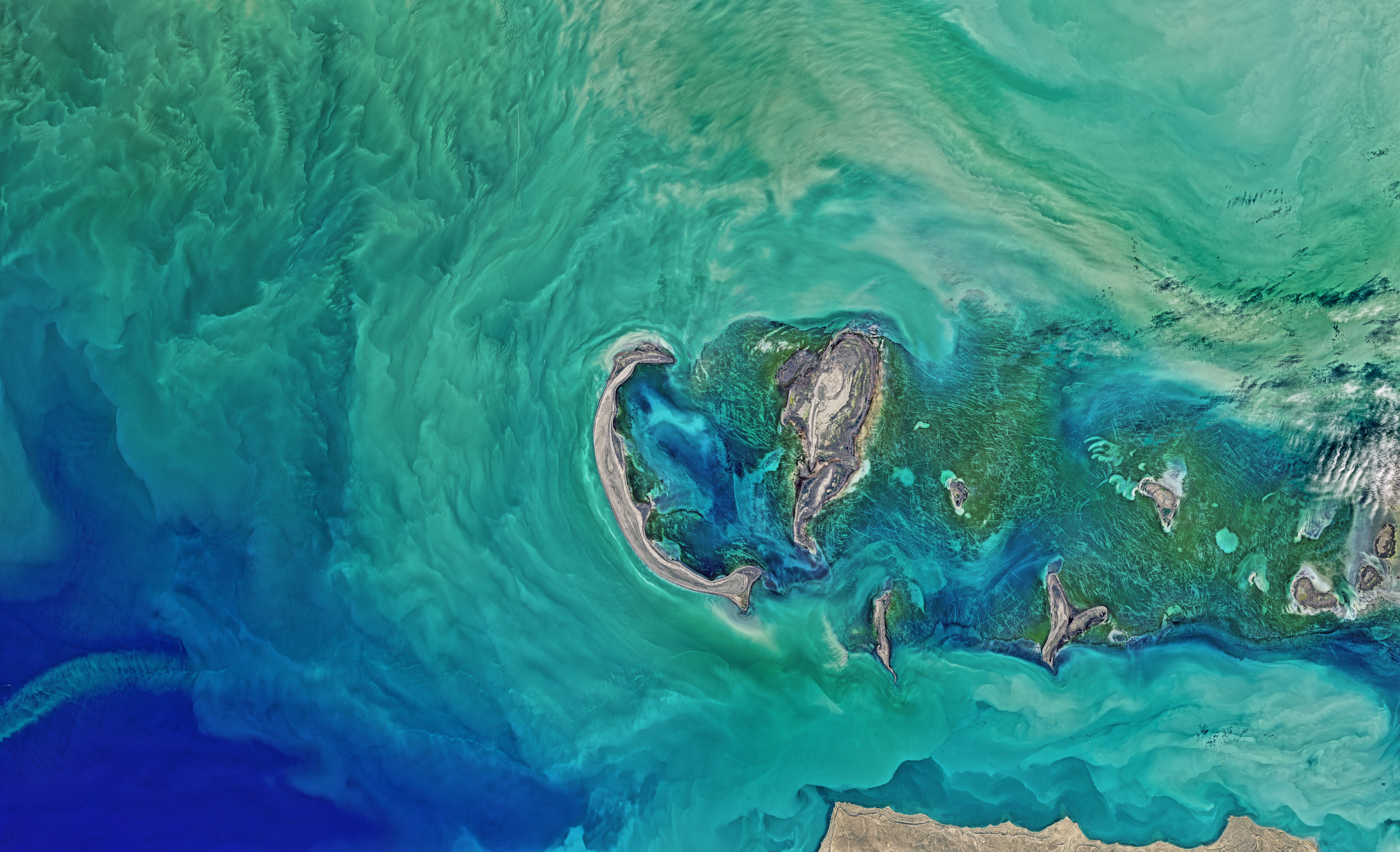Documents
This section features public documents and files uploaded by the stakeholders and custodians of the Caspian Sea environment.
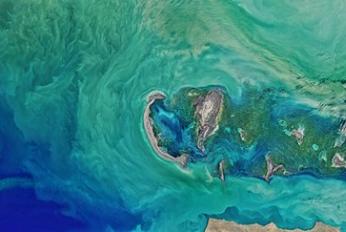 Recent Oil Spill Preparedness Developments in the Caspian Sea RegionMon, 23/04/2018 - 19:12Natural seeps and easily exploited surface deposits of crude oil on land have been utilized in the Caspian Sea region earlier than 300 BC. The modern-day picture is a region with oil reserves of global importance, facing a key challenge of the transportation of crude oil to markets. There has been considerable focus on devel
Recent Oil Spill Preparedness Developments in the Caspian Sea RegionMon, 23/04/2018 - 19:12Natural seeps and easily exploited surface deposits of crude oil on land have been utilized in the Caspian Sea region earlier than 300 BC. The modern-day picture is a region with oil reserves of global importance, facing a key challenge of the transportation of crude oil to markets. There has been considerable focus on devel
- Description
Natural seeps and easily exploited surface deposits of crude oil on land have been utilized in the Caspian Sea region earlier than 300 BC. The modern-day picture is a region with oil reserves of global importance, facing a key challenge of the transportation of crude oil to markets. There has been considerable focus on developing oil spill preparedness in the Caspian Sea region. This has involved the governments, regional bodies, the oil industry and a range of other stakeholders and international organizations (notably UNEP, IMO and OSCE). This effort is in addition to the primary focus on preventing spills.
Countries are developing and implementing National Contingency Plans in order to have effective national response systems, which also act as the basis for regional cooperation.
- Attached documents
- Metadata
- Year
- 2015
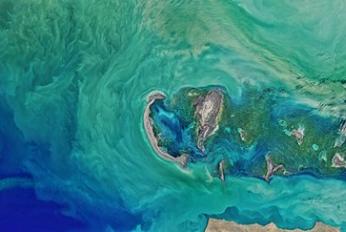 Climate Change Synthesis Report - 2014Mon, 23/04/2018 - 19:02The Synthesis Report distils and integrates the findings of the three Working Group contributions to the Fifth Assessment Report (AR5) of the Intergovernmental Panel on Climate Change (IPCC), the most comprehensive assessment of climate change undertaken thus far by the IPCC: Climate Change 2013: The Physical Science Basis;
Climate Change Synthesis Report - 2014Mon, 23/04/2018 - 19:02The Synthesis Report distils and integrates the findings of the three Working Group contributions to the Fifth Assessment Report (AR5) of the Intergovernmental Panel on Climate Change (IPCC), the most comprehensive assessment of climate change undertaken thus far by the IPCC: Climate Change 2013: The Physical Science Basis;
- Description
The Synthesis Report distils and integrates the findings of the three Working Group contributions to the Fifth Assessment Report (AR5) of the Intergovernmental Panel on Climate Change (IPCC), the most comprehensive assessment of climate change undertaken thus far by the IPCC: Climate Change 2013: The Physical Science Basis; Cli- mate Change 2014: Impacts, Adaptation, and Vulnerability; andClima- te Change 2014: Mitigation of Climate Change. The SYR also incorpo- rates the findings of two Special Reports on Renewable Energy Sources and Climate Change Mitigation (2011) and on Managing the Risks of Extreme Events and Disasters to Advance Climate Change Adaptation (2011).
- Attached documents
- Metadata
- Year
- 2014
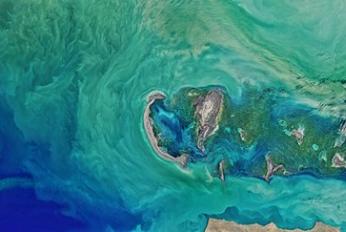 Biodiversity of the North East Caspian regionMon, 23/04/2018 - 18:44This brochure has been produced on behalf of the consortium developing the hydrocarbon deposits beneath the North East Caspian defined under the North Caspian Sea Production Sharing Agreement of 1997. The concession area lies in a region of rich biodiversity recognized as being of international importance for its wildlife,
Biodiversity of the North East Caspian regionMon, 23/04/2018 - 18:44This brochure has been produced on behalf of the consortium developing the hydrocarbon deposits beneath the North East Caspian defined under the North Caspian Sea Production Sharing Agreement of 1997. The concession area lies in a region of rich biodiversity recognized as being of international importance for its wildlife,
- Description
This brochure has been produced on behalf of the consortium developing the hydrocarbon deposits beneath the North East Caspian defined under the North Caspian Sea Production Sharing Agreement of 1997.
The concession area lies in a region of rich biodiversity recognized as being of international importance for its wildlife, including several species that are classified as endangered. The widely varying conditions in the North East Caspian include extreme seasonal temperature variations, long-term sea level change, short-term sea surges and retreats, high levels of turbidity and sediment movement, ice cover in winter and scouring of the seabed by moving ice.
This dynamic environment presents challenges for those who live and work in the area. It also means that the fauna and flora on land and at sea, are adapted to a significant level of environmental stress from continually changing physical conditions.
- Attached documents
- Metadata
- Year
- 2015
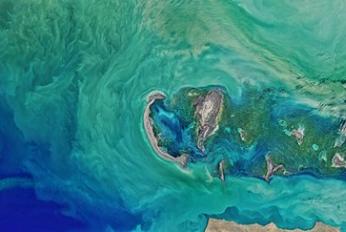 Synthesis and strategy for attracting and engaging the private sector, in particular the oil, gas and transport industry in the implementation of the Tehran ConventionMon, 23/04/2018 - 18:38The present synthesis paper will provide an overview of past and present private sector support, it will compare and summarize the five national analysis reports and on the basis of the specifics in each country will make suggestions for next steps to attract further engagement.
Synthesis and strategy for attracting and engaging the private sector, in particular the oil, gas and transport industry in the implementation of the Tehran ConventionMon, 23/04/2018 - 18:38The present synthesis paper will provide an overview of past and present private sector support, it will compare and summarize the five national analysis reports and on the basis of the specifics in each country will make suggestions for next steps to attract further engagement.
- Description
The present synthesis paper will provide an overview of past and present private sector support, it will compare and summarize the five national analysis reports and on the basis of the specifics in each country will make suggestions for next steps to attract further engagement.
- Attached documents
- Metadata
- Year
- 2014
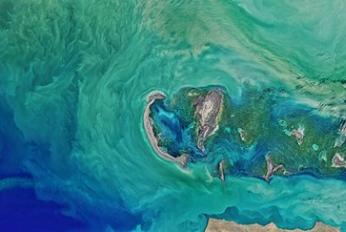 Article - Review of pollution sources and controls in Caspian Sea regionMon, 23/04/2018 - 18:24Daily extractions of crude oil and gas and transportation of them are the main pollution sources of the Caspian Sea. Many trucks for charring oil from ports along the Caspian Sea are considered as point and nonpoint sources along the seaboard. In addition, many ships, which are navigating in the Sea, are emitting pollution t
Article - Review of pollution sources and controls in Caspian Sea regionMon, 23/04/2018 - 18:24Daily extractions of crude oil and gas and transportation of them are the main pollution sources of the Caspian Sea. Many trucks for charring oil from ports along the Caspian Sea are considered as point and nonpoint sources along the seaboard. In addition, many ships, which are navigating in the Sea, are emitting pollution t
- Description
Daily extractions of crude oil and gas and transportation of them are the main pollution sources of the Caspian Sea. Many trucks for charring oil from ports along the Caspian Sea are considered as point and nonpoint sources along the seaboard. In addition, many ships, which are navigating in the Sea, are emitting pollution to the Sea. Many cities and industries surround the Caspian Sea. Pollution from these cities and industries enter the Caspian Sea either directly or through rivers. The purpose of this paper is to look at the benefits of environmental management strategies in pollution prevention such as waste minimization and clean technologies. This minimizes the environmental problems due to waste generation and eliminates the cost of treatment and disposal of the waste. The benefits of the environmental management program along the Caspian Sea will ensure the clean water and the better environment of the Sea.
- Attached documents
- Metadata
- Year
- 2009
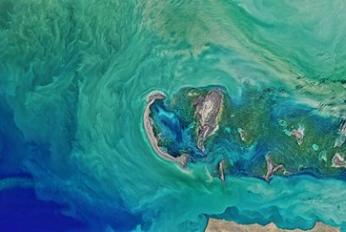 Overview of oil and natural gas in the Caspian Sea region - ReportMon, 23/04/2018 - 18:21This report analyzes oil and natural gas in the Caspian region, focusing primarily on the littoral (coastal) countries of the Caspian Sea (Russia, Azerbaijan, Kazakhstan, Turkmenistan and Iran). A discussion of Uzbekistan is also included. While not a Caspian coastal state, a considerable amount of Uzbekistan's territory, al
Overview of oil and natural gas in the Caspian Sea region - ReportMon, 23/04/2018 - 18:21This report analyzes oil and natural gas in the Caspian region, focusing primarily on the littoral (coastal) countries of the Caspian Sea (Russia, Azerbaijan, Kazakhstan, Turkmenistan and Iran). A discussion of Uzbekistan is also included. While not a Caspian coastal state, a considerable amount of Uzbekistan's territory, al
- Description
This report analyzes oil and natural gas in the Caspian region, focusing primarily on the littoral (coastal) countries of the Caspian Sea (Russia, Azerbaijan, Kazakhstan, Turkmenistan and Iran). A discussion of Uzbekistan is also included. While not a Caspian coastal state, a considerable amount of Uzbekistan's territory, along with its energy resources, lies in the geological Caspian basins.
The combination of foreign investment and rising energy prices allowed the coastal countries to shift from diverting oil extraction for local use to supplying both regional and world oil markets. The ability of countries to export greater volumes of Caspian crude oil and natural gas will depend on how quickly domestic energy demand rises in those countries, how quickly they can build additional export infrastructure to global markets, and whether expensive projects to develop Caspian resources can attract sufficient investment.
- Attached documents
- Metadata
- Year
- 2013
 Concept of creating the Atlas of the Caspian Sea and its coasts - Presentation by Prof. MammadovMon, 23/04/2018 - 17:52Presentation by Professor Ramiz M. Mammadov (Institute of Geography, NANA). The Institute of Geography of the Azerbaijan National Academy of Sciences and the Institute of Geography of the Russian Academy of Sciences have the honour to propose the development of the Atlas of the Caspian Sea (electronic and paper version), w
Concept of creating the Atlas of the Caspian Sea and its coasts - Presentation by Prof. MammadovMon, 23/04/2018 - 17:52Presentation by Professor Ramiz M. Mammadov (Institute of Geography, NANA). The Institute of Geography of the Azerbaijan National Academy of Sciences and the Institute of Geography of the Russian Academy of Sciences have the honour to propose the development of the Atlas of the Caspian Sea (electronic and paper version), w
- Description
Presentation by Professor Ramiz M. Mammadov (Institute of Geography, NANA).
The Institute of Geography of the Azerbaijan National Academy of Sciences and the Institute of Geography of the Russian Academy of Sciences have the honour to propose the development of the Atlas of the Caspian Sea (electronic and paper version), which aims to be a product of international scientific collaboration among the five Caspian states. The Atlas should serve the purpose of collecting and maintaining a comprehensive data on the state of the environment of the Caspian Sea and lay the scientific foundation for the environmental monitoring programme and implementation of other provisions of the Convention and its Protocols.
- Attached documents
- Metadata
- Year
- 2015
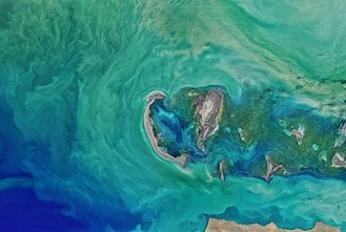 National Convention Action Plan NCAP 2012Sun, 22/04/2018 - 20:06National Convention Action Plan NCAP of the five Parties - Year 2012+9
National Convention Action Plan NCAP 2012Sun, 22/04/2018 - 20:06National Convention Action Plan NCAP of the five Parties - Year 2012+9
- Description
National Convention Action Plan NCAP of the five Parties - Year 2012
- Attached documents
- Metadata
- Year
- 2012
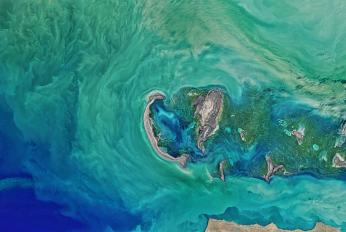 Article - Review of the status of invasive species, with special focus on the most invasive species Mnemiopsis leidyi A.Agassiz, 1865 and their effects on the Caspian ecosystemSun, 22/04/2018 - 16:13The main focus of review: To determine the Status of invasive species with special attention to the most aggressive invader Mnemiopsis leidyi in the Caspian Sea. Objectives: 1. To assess vectors, pathways of invasive species introduction, their composition and their role in the Caspian ecosystem. 2. To analyze seasonal an
Article - Review of the status of invasive species, with special focus on the most invasive species Mnemiopsis leidyi A.Agassiz, 1865 and their effects on the Caspian ecosystemSun, 22/04/2018 - 16:13The main focus of review: To determine the Status of invasive species with special attention to the most aggressive invader Mnemiopsis leidyi in the Caspian Sea. Objectives: 1. To assess vectors, pathways of invasive species introduction, their composition and their role in the Caspian ecosystem. 2. To analyze seasonal an
- Description
The main focus of review: To determine the Status of invasive species with special attention to the most aggressive invader Mnemiopsis leidyi in the Caspian Sea.
Objectives:
1. To assess vectors, pathways of invasive species introduction, their composition and their role in the Caspian ecosystem.
2. To analyze seasonal and interannual dynamics of the Mnemiopsis leidyi population in the all areas of the Caspian Sea; its impacts on the Caspian ecosystem including food recourses (zooplankton) and fish stocks along with other emerging environmental threats such as increased nutrient load from the coast, structural and quantitative changes in phyto-and-zooplankton communities, the appearance of harmful algal bloom (HAB) in the Southern Caspian.
3. To prepare recommendations for follow-up actions on invasive species management: - for the protection and control of the Caspian Sea from any sources of accidental invasive species introductions - for possibility of biological control of invader Mnemiopsis leidyi.
The primary source of this Review has been national reports from every of the five Caspian littoral countries, which included results of national observations of ecosystem state and biodiversity of the Caspian Sea. But due to fragmental data of the national observations on invasive species
- Attached documents
- Metadata
- Year
- 2011
Document
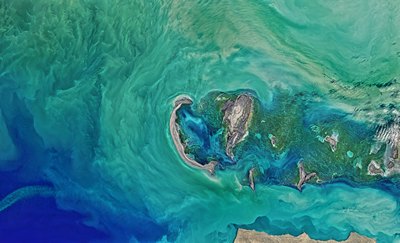
Recent Oil Spill Preparedness Developments in the Caspian Sea Region
Document
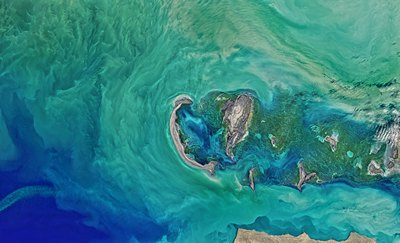
Climate Change Synthesis Report - 2014
Document
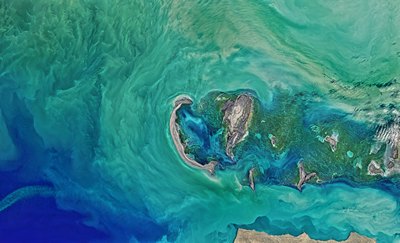
Biodiversity of the North East Caspian region
Document
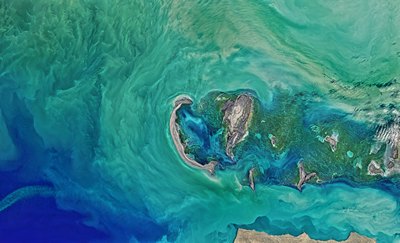
Synthesis and strategy for attracting and engaging the private sector, in particular the oil, gas and transport industry in the implementation of the Tehran Convention
Document
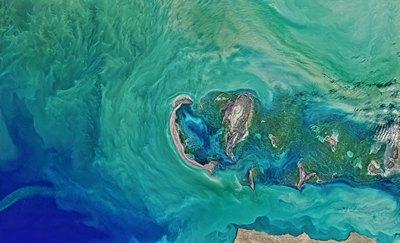
Article - Review of pollution sources and controls in Caspian Sea region
Document
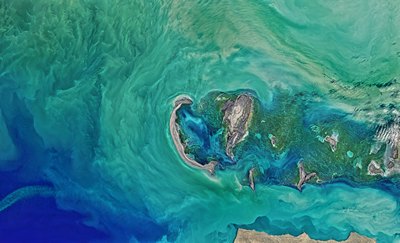
Overview of oil and natural gas in the Caspian Sea region - Report
Document
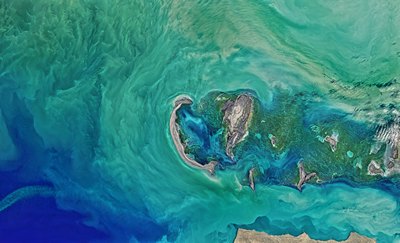
Concept of creating the Atlas of the Caspian Sea and its coasts - Presentation by Prof. Mammadov
Document
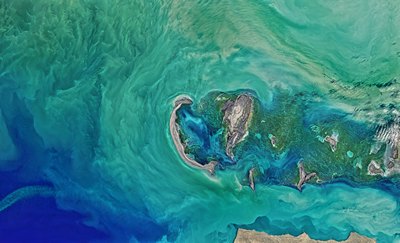
National Convention Action Plan NCAP 2012
Document
